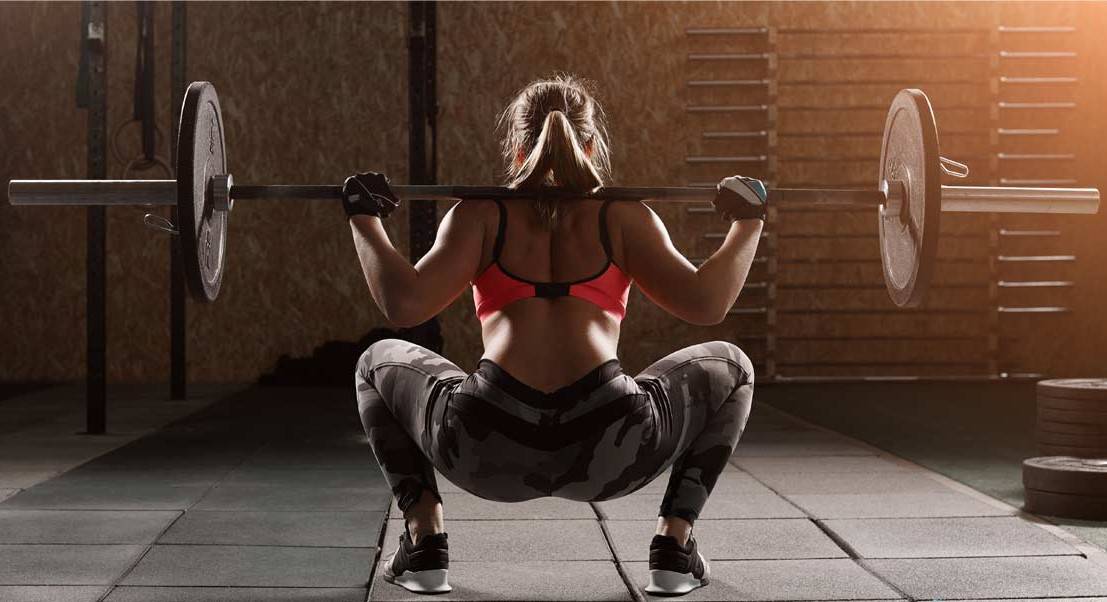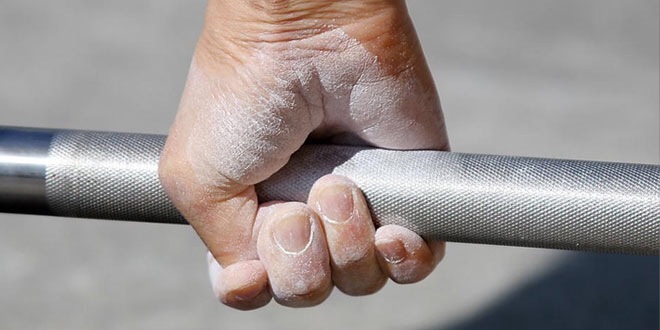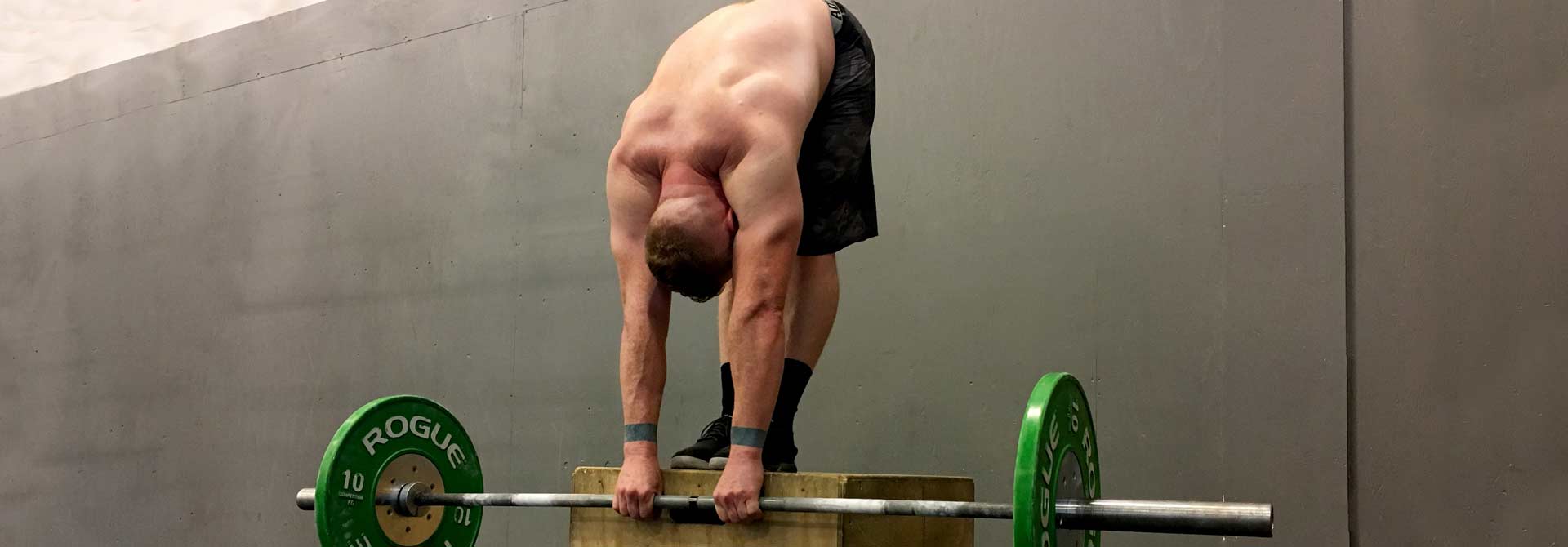In the sport of powerlifting, the squat and deadlift put the most kilos into your powerlifting total. Yet while practicing your competition squats is the most effective way to improve your squat, accessory exercises for squats can help you address weaknesses, identify and eliminate sticking points, and vary up your training. Sticking point squat accessories should address the different points where the squat can fail. Remember – you miss a lift because of your weakest physical link. That can be:
- The quads. Your quads are primary movers in the squat, and they’re responsible for getting you out of the hole. Once the quads are exhausted, your hips usually automatically shift back, and your shins get more vertical. This happens around the parallel point in the lift. This is normal. If it happens too early, you may be weak in your quads (among other things).
- The glutes. Squats tax the glutes and adductors more than any other set of muscles in the body. Your glutes are working to complete the movement from the bottom to the top, and they’re being asked of an awful lot especially in the hardest part of the lift, near parallel. Weak glutes and abductors can cause knee caving.
- The upper back. Many upper back issues are also caused by poor bracing, but we’ll call these an upper back issue. The role of the upper back here is to stay rigid and create a strict shelf for the bar to be on. If this shelf loses tightness, and you round your upper back even a little bit, you get stapled, and you can feel a significant shift forward. Think of keeping your elbows close together and your scapulae squeezed tight and think “traps back” when squatting back up.
- The core. Improper bracing can cause you to lose tightness and struggle to get vertical in the squat. A weak core also makes it difficult for you to translate leg force into the upper body, where the bar is at. When a person’s deadlift is significantly higher than their squat (more than 20%), they’ve often got a bracing or quad weakness.
When selecting accessory exercises for
squats, it’s important to remember that you’re training for a competition
squat. Accessories are accessories and are meant to be complementary to your
training. I explain how to define and program accessories into your training in
another post.
Squat Variation Accessories
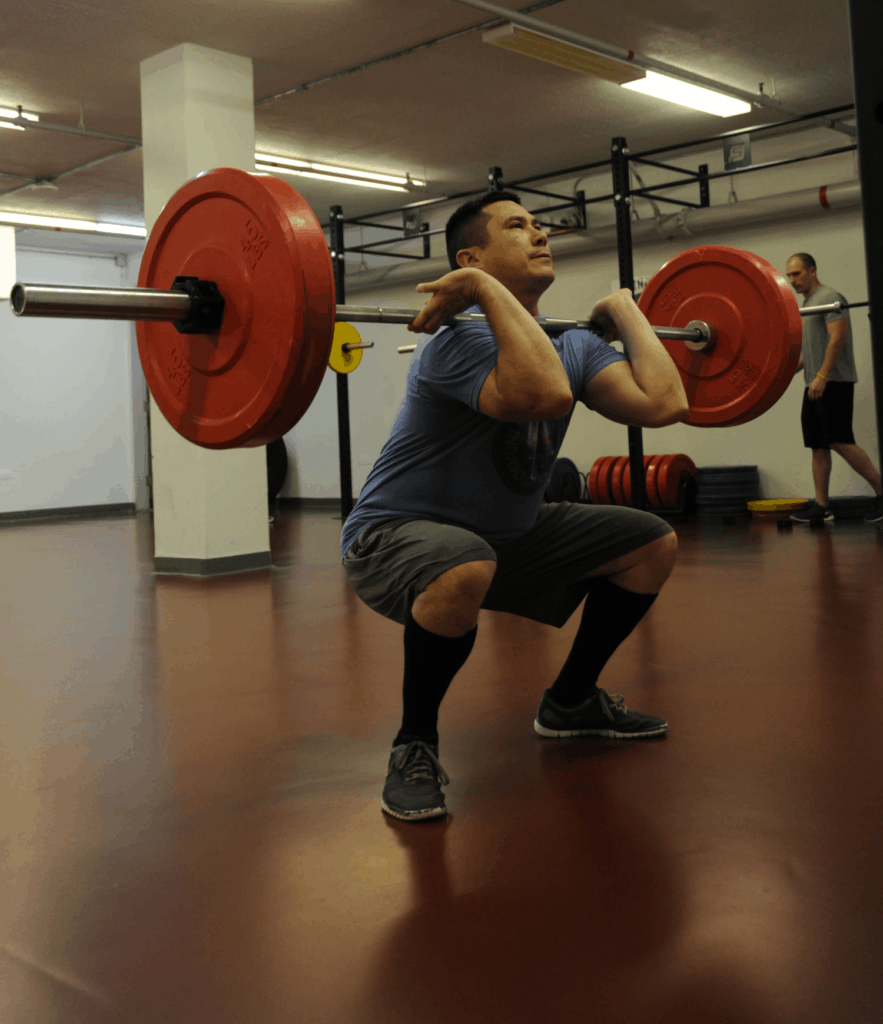
In order to address our weaknesses and complement our competition lifts, we need to review our lifts and see where our problem lies. Are we adequately pressing with the quads at the bottom of the lift, or do we tilt to the hips too quickly? Do we buckle under the weight, or is our upper back firm and rigid? Do the knees cave? Here are a couple of useful sticking point accessories for the squat:
- Front squats. Not only do these force you to drive the elbows up and keep a really upright torso, heavily taxing your back, front squats also do a better job of loading and training the quads. Learn how weightlifters do these because they’re emphasizing the weak points you should be working on with this squat accessory.
- Breathing paused squats. Start with a third of your max weight, sit into the bottom of your squat, and go for ten long inhales and exhales. Go up in weight until it becomes uncomfortable, and limit these to around 50% of your max squat. The point of a paused squat isn’t just to get you to be more comfortable with the hole, it’s to teach your core how to stay stiff under load and feel all the muscles that you’re supposed to be using to brace properly with a heavier squat.
- Weighted split squats. Weighted splits squats are a great unilateral quad exercise and let you overload a single leg while taking the back out of the equation. Because it’s a unilateral exercise and you’re forced to make sure you’re balancing right, they’re also taxing on the glutes, abductors, and adductors.
- Good mornings. Great for training the erectors and upper back, good mornings are not only a perfect deadlift accessory but also a great squat accessory. Remember, in a max effort squat, your quads will fail, and your hips will shift back, turning the hardest part of the lift into a semi-hip hinge. A strong good morning will help you finish a tough rep.
Overload Squat Accessories
Every now and again, you’ve got a scary big PR coming up, and you need to feel the weight. It’s a good idea to prepare for a PR by giving it a go on an exercise where you’ve got a greater physical advantage, either by limiting the range of motion or by simply unracking a weight to give it a feel. A few good accessory exercises for squats to feel your way through a PR weeks before you actually attempt it include:
- Heavy walkouts. Big breath, unrack, one step back, and hold. Heavy walkouts are squats without the actual squatting – you need to take that step out of the rack and hold the weight for 5-15 seconds, before walking it back in. These are not to be taken lightly. Start with 105% of your 1RM, and max out at 115%.
- High pin squats. With the pins at about one-third of your actual squat range of motion, a high pin squat lets you unrack a weight you aren’t ready to squat yet and move it solely within a range of motion you can actually complete. Not only do these massively tax the quads, but they’re another way to feel your way through a weight that might be worrying you.
- Heavy unrack without a walkout. If you need to go even heavier, these are your best bet. I’d limit these to 120% of your 1RM. Just stand up with the weight, feel it sink into your back, wait until it stops being scary (5-10 seconds), and lower it back into the rack.
Targeted Squat Accessories
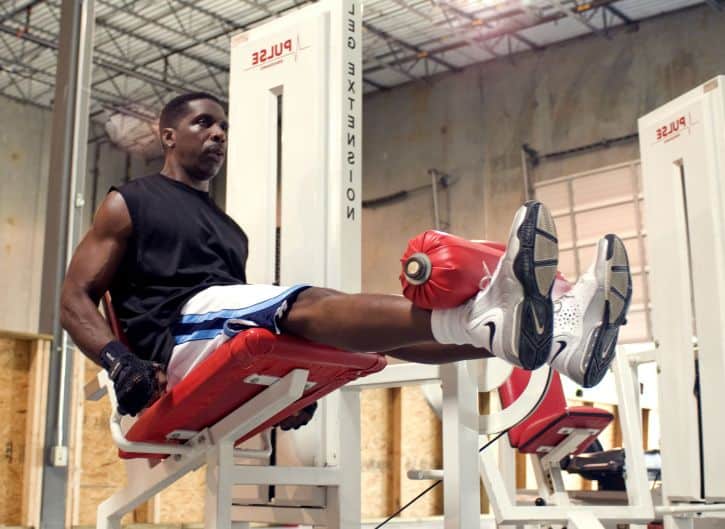
We’ve gone through the variations and the overloading, now it’s time to look at the little accessory exercises for squats that often make all the difference. These are lifts and movements that help address common weaknesses and are best tailored specifically for you – meaning you’ll want to take some time and think about what it is that you need to progress in the squat and choose movements that best train that weakness/make you stronger in your current Tier 2 movement.
- Planks and weighted carries. The best way to teach yourself how to brace is to practice under the bar, but another great way to help you brace better is to warm your core up before you start lifting. Incorporate planks, side planks, and short weighted carries (one-arm farmer walks and other variations) into your warmups to help you brace better.
- Quad isolation. There are plenty of exercises that fit this category, so I’m just calling it “quad isolation” to help you pick an isolation exercise of your choice. Typically, you’ll have the choice between leg extensions and leg presses. In both cases, I recommend going within 1-3 reps of failure, keeping the weights light and reps high (8-20 reps), and avoiding lockout (for safety reasons, and to maximize time under tension). The idea here is to pump the legs. Split squats and front squats do plenty to improve your pressing mechanics).
- Monster walks and clamshells. These are my go-to glute accessories, and they make for good warmups as well. The abductors and glutes both play a role in leg abduction, and learning to keep your knees out wide and strengthen your glutes (or warm them up, so you’re activating them better throughout the squat) can help improve your squats, especially if you sit a lot and find your knees caving under heavy weight.
The squat accessories I mention here are my top 10 squat accessories, but they might not be yours. Let me know down below which accessories you prefer to train with, how they’ve helped you improve your squat, and why. There are plenty of other accessory exercises for squats that I haven’t mentioned, like goblet squats, tempo squats, and more. And if you need help with accessories for the bench press or deadlift, check out my other articles.
Want to lift heavier and avoid injuries? 💪🔥
Download our FREE '5-Minute Warm-Up Routine for Maximum Lifting Performance' and get primed for every workout!
Click below to grab your copy now!👇
👉 Download the Free Guide
